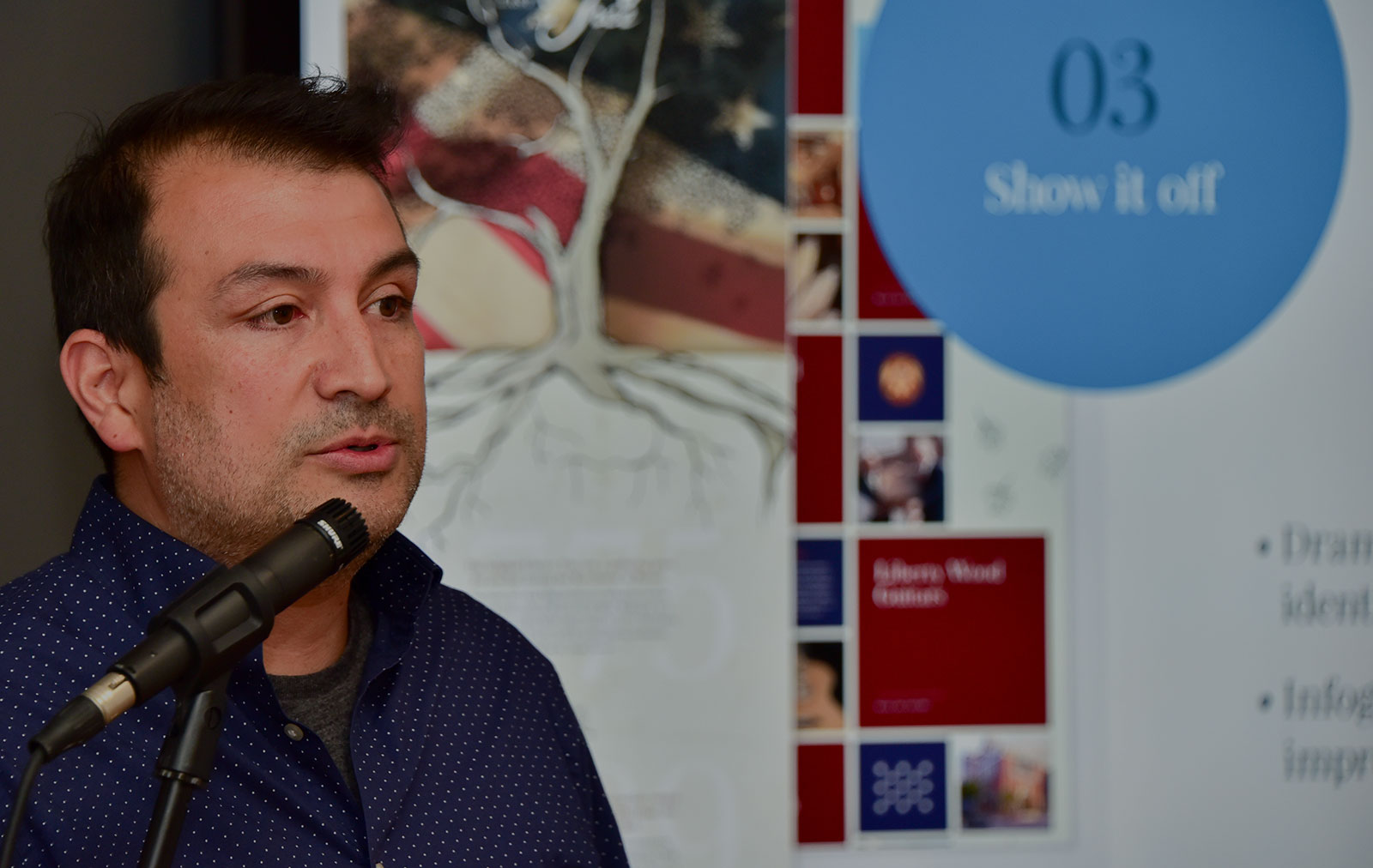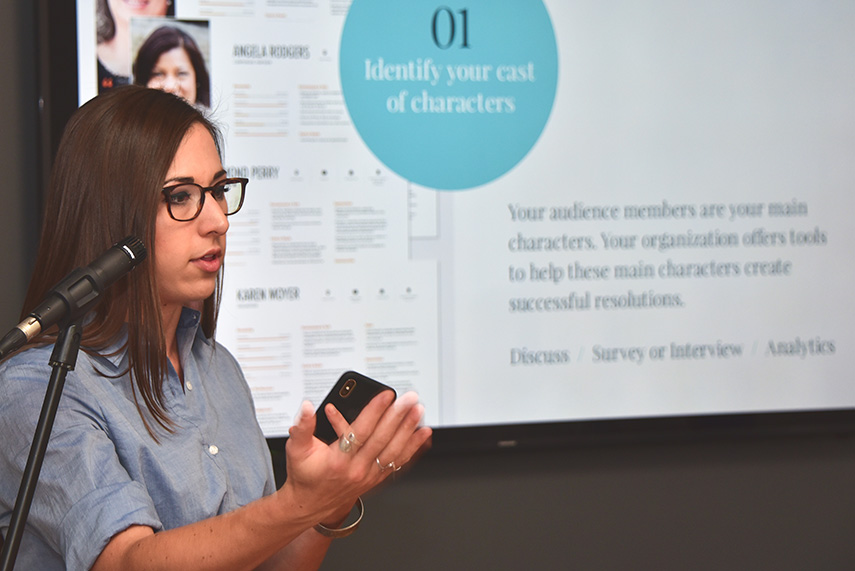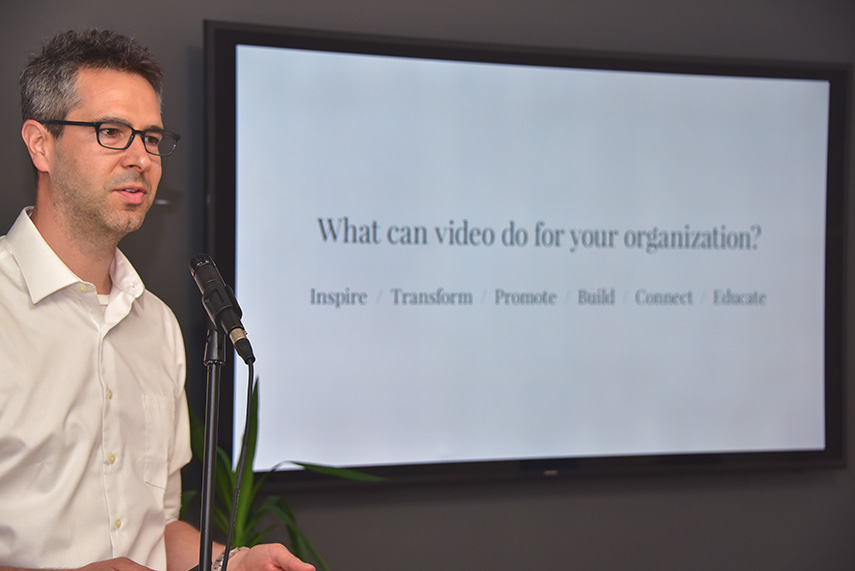June 5, 2018
A Conversation Around Storytelling for Non-Profits

We recently partnered with FreshFly to host a discussion called “Storytelling to Advance Your Mission” and it’s just what it sounds like. We shared insights and tips on how to establish and articulate your organization’s unique story.
Push10 works with an array of clients, from food & beverage to wealth management, however, the fastest growing clientele we’ve served in recent years is that of non-profits and mission-driven for-profits.
Working with clients who directly impact people and communities in positive ways is immensely gratifying, and while the causes are noble, there are an array of marketing challenges to overcome. Storytelling, in its many forms, such as branding, web design and video, is a key tool in addressing those challenges and spreading the message to an organization’s audience.
We invited organizations to join us in our discussion and share their pain points in identifying, understanding, and telling their unique stories. There are many channels with which to carry your message to your target audience, however, it’s important to first hone that message via brand introspection and alignment.

Branding
Like a good book, your brand’s story requires several elements that work together to form a compelling, informative narrative. Your story is in there somewhere, we just have to coax it out.
- The first step in shaping your story is to determine your audience, or your “cast of characters” so to speak. Knowing who your audience is, with drilled-down segmentation, is essential in forming the method of speaking to them.
- The next priority is to determine your organization’s primary purpose and goals.
- Going hand in hand with your purpose is pinpointing the conflict and the reason why this conflict affects your audience.
- Lastly, is the resolution. Layout how do your organization’s services and programs address your audience’s pain points.
Website
Once you uncovered and crafted your core story, there are valuable techniques to apply to your website in telling that story to the world. (Hint: Telling your whole story on your homepage is NOT a winning technique)
- When dealing with your content, work to break it up and break it down. Clear concise headlines, peppered testimonials (rather than a full testimonial page), and visuals like pull-quotes and custom graphics can all go along way in keeping the user engaged.
- Reign in your content, simplifying to what’s truly essential and cutting the fluff. Using teasers and intuitive CTA’s can provide the user options to dive deeper without bombarding them from the get-go.
- Your website is also the perfect place to “show it off”. Telling your story visually reaches users faster and can make a lasting impression. Dramatic imagery, full-screen video (more on that later) and infographics highlighting key metrics all contribute to giving you bang-for-your-buck, and helping your story resonate.

Video
It’s often said that a picture is worth a thousand words, so imagine what can be done with video in this digital age. When done well, video has the potential to inspire, promote, connect and inspire.
- First you must consider the purpose and the goal of a new video. Ensure that in the end it should be on brand and achieve your objective. Keeping it focused and simple helps the viewer to connect the dots in just a few moments.
- Know the end-use early. Will this be for social media? Your own website? YouTube ads? These all require special consideration to plan for appropriate formats. Just like a web host, you do not want to wait until the last minute to start thinking about these important considerations.
- Knowing the desired outcome, such as educational purposes versus fundraising purposes, will help to plan an appropriate tone and visual production to suit your needs.
- Plan. Again, like a website or a branding project, video production does happen with the touch of the button. Think ahead and get buy-in early for budgeting, scheduling, script writing and/or location scouting.
In the end, listening is as important to storytelling as the telling part. Review what works best and adjust as needed. Over time, you will come to know your audience better than ever before, and speaking to them in the right way is what will serve you best in your outreach. And don’t be afraid to evolve your story over time to adapt to your ever-changing audience.
Ready to tell your story? Contact us and we can help you to refine your message and get the word out.

